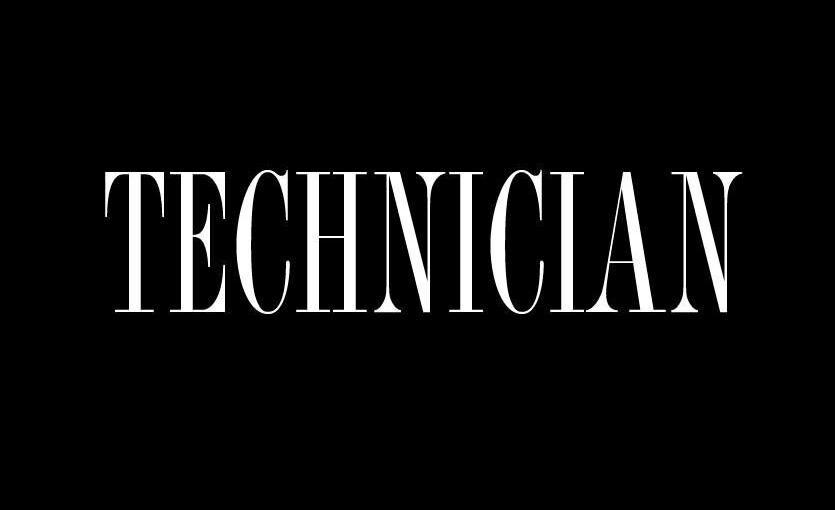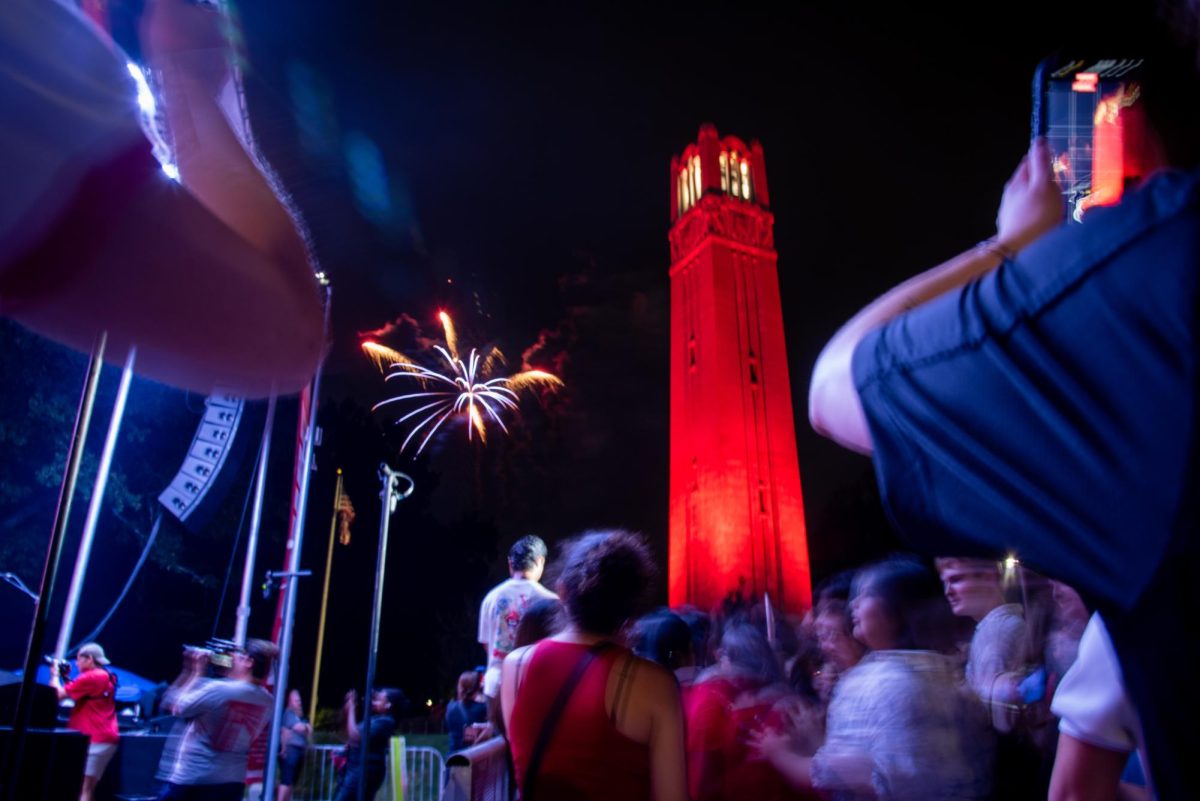Researchers have turned to Twitter to analyze the general public’s reactions about specific political policies, current events and social issues.
Computer science associate professor Christopher Healey said he has been using Twitter to measure the sentiment that people feel regarding a specific subject. He and his team have created a data plot that allows the user to visualize the emotions people associate with the different topics that they tweet about.
According to The Chronicle of Higher Education, Twitter is being used more and more in academic research, and now the company even offers grants to study social trends. Twitter Data Grants will give researchers “selected institutions free and easy access to Twitter data sets,” according to a company blog post announcing the effort and soliciting project proposals.
Healey and his team were looking at how to visualize texts. In other terms, they use images to describe what texts are talking about. This is a specific area of research in computer visualization.
“We try to essentially visualize the emotion in the tweets being sent to Twitter,” Healey said. “The visualization tool we have created allows you to query tweets from Twitter by inputting key words that you are interested in.”
Healey and his team have used Twitter to analyze trends in the emotions people feel regarding a number of current events. According to Healey, Twitter is helpful because the general public can request tweets.
“It then presents both the tweets and the emotion that we estimate based on the text of the tweets in a whole bunch of different ways,” Healey said.
He said Twitter is a fairly timely social network, so it is a good place to look if researchers are searching for immediate comments on current events.
“For example, we collected tweets during the Olympics when they were happening to see how people felt about them and we are now currently allocating tweets on the situation in Ukraine for a graduate student doing research in CHASS,” Healey said.
Healey said the team also collected tweets concerning wildfires in the US to understand the main worries of the citizens affected and help them manage their concerns.
Healey said he believes Twitter is a great place to study how to estimate sentiment because the time period in which someone decides to post a tweet and actually posting is fairly short. Therefore, this means the emotion motived to post that tweet is usually pretty accurate since it was not pondered or edited.
“Tweets are also short, so therefore, they are focused and straight to the point,” Healey said.
Healey and his team work with people who want to monitor or understand things that are going on in the world. For example, in 2012 they worked with WRAL during the presidential debates to look at the tweets that were coming out during that time and get a sense of what people’s views were.
Twitter is used by an array of universities and researchers to conduct research in a number of disciplines. Healey said Twitter is becoming a trend amongst researchers currently because there is discourse going on at any time about a variety different topics by many different people.
Jordan Milner, a freshman in Computer Science Engineering, said he believes that Twitter can provide vital information regarding people’s views on current events.
“Twitter can be very useful in collecting the voice of the general public but there is also the risk that some people express their opinions more than others,” Milner said.
As far as the range of the kinds of people Twitter can access, Milner said he believes there is a possibility that a huge demographic might be missed out on.
“Older people are more likely to be on Facebook these days so there’s a possibility that Twitter voices the opinions of the more liberal and younger generations,” Milner said.




